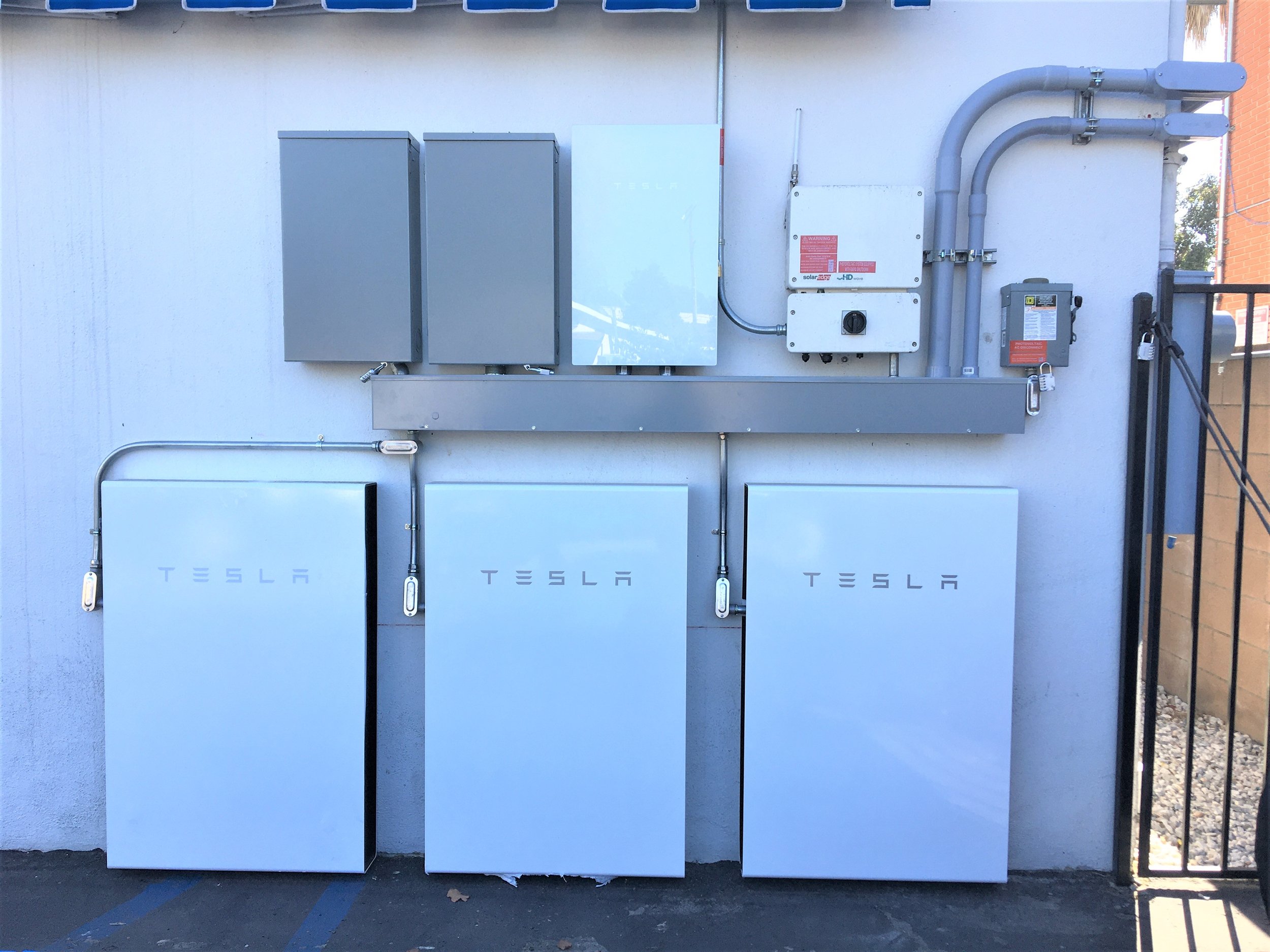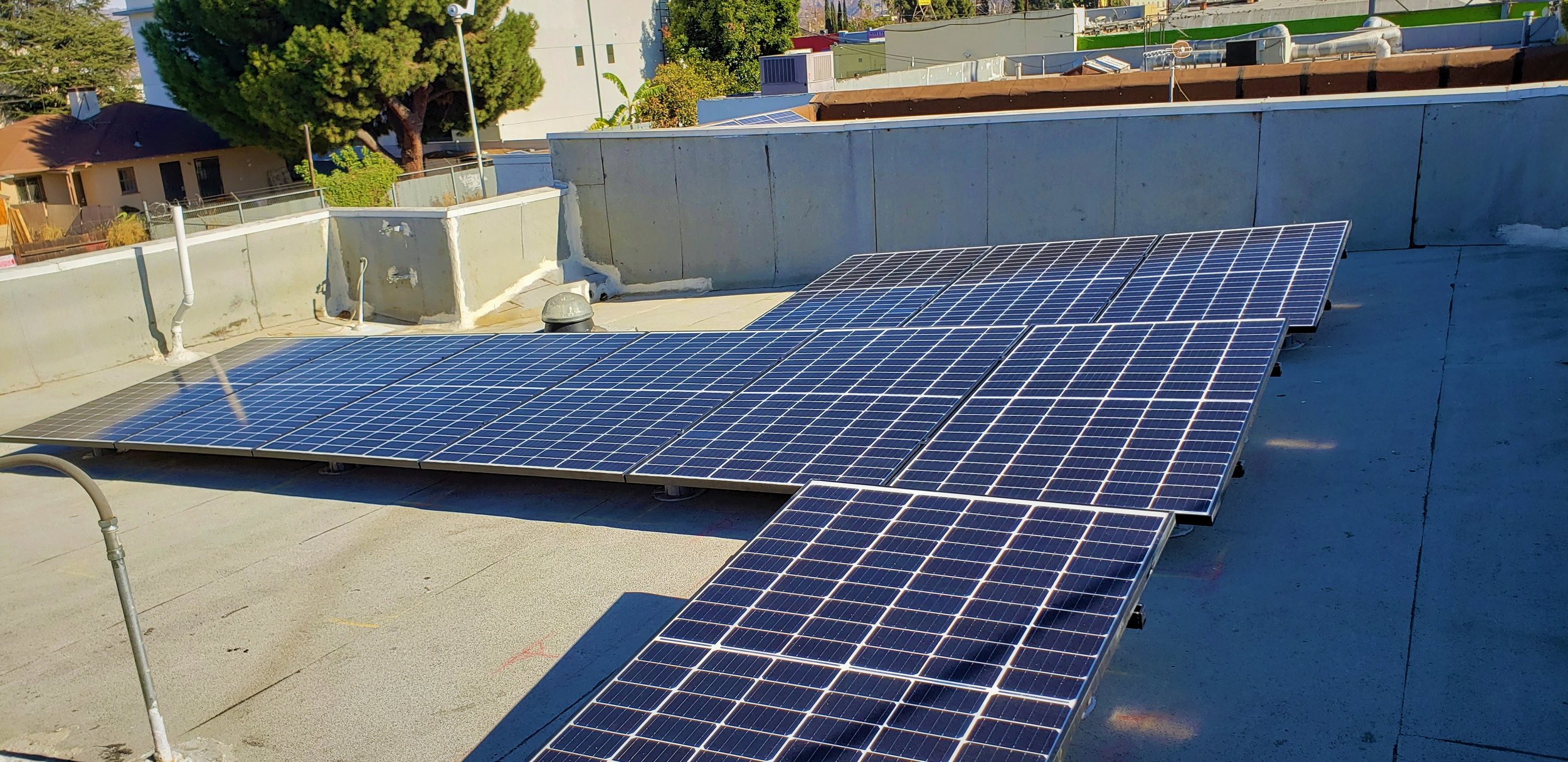The Emergence of the Living Lab at Holos
Part of our journey towards sustainability and resiliency emerged from our experiences with the power grid in the summer of 2019, when the Holos Communities (then Clifford Beers Housing) offices were impacted by power outages. During one incident, the City’s power grid went down as a result of the tremendous heat, and we experienced an extended blackout.
Unfortunately, the blackout coincided with staff working towards a critical deadline.
Coincidentally, we had a large portable generator in the office that we purchased to provide power at a groundbreaking event a few weeks before. By employing that generator, the staff was able to keep the wi-fi and printer going for about four hours and were able to meet our deadline.
This experienced sparked the realization that our offices, as well as our properties, were vulnerable to extreme weather and needed to be much more resilient in the face of emergencies and the increasing likelihood of blackouts, as a result of global warming. We decided to use our office space as a Living Lab, to experiment with potential solutions to these challenges.
With electricity as the first challenge, we decided to investigate solutions. In case of an emergency, electricity is crucial to help residents stay cool, access communication, and keep essentials like food and medicine cold. We did research on how to ensure access to electricity and found that solar panels routed into local battery storage were the best option that avoided the need to store and burn fossil fuels.
Staff discussed these initial ideas and findings with the Board of Directors at the end of 2019 and set two goals. First, to increase the resilience of our offices by installing 21 rooftop solar panels, 18 solar panels on a solar carport, 3 back up Tesla batteries, and two Electric Vehicle charging stations. This process is nearly complete and May 2022 was the first month that we generated more kilowatts than we used.
Our second goal is to take the lessons we learned and design them into all new developments, to ensure that our existing developments have the technology and tools to improve their resiliency and provide residents with resources in the event of an emergency as well.
Earlier this year we started the process for retrofitting Holt Family Apartments with solar panels, thanks to a grant from the Solar on Multifamily Affordable Housing (SOMAH) program, reducing the reliance on the greater power grid for the community.
Recently we tested our first Community Resiliency Kit at our offices, an idea that emerged from the blackout incident and will house a similar but more portable battery kit, solar panels and essential appliances as well as a stash of shelf stable food and water. This prototype kit will be housed at NoHo Senior Villas, where community members and property management will be provided with training to ensure they will be able to use it should an emergency arise.
Using our offices as a Living Lab and experimenting on ourselves before implementing these strategies in our properties lets us see directly how the limitations and opportunities of changing technology play out and challenge us to think differently, and helps us develop resilience strategies to implement in our properties – all to better benefit formerly homeless and low-income households.
It’s not enough to simply add as many panels on the roof as possible without considering how to conserve the electricity produced. If consumption continues to grow without awareness of how electricity is being generated, nothing’s been solved. This forces us to look at every appliance and system in the building, and look at the best way to bolster the capacity of affordable housing units to help our most vulnerable households.
This is the first step in becoming more resilient in the face of natural disasters, such as earthquakes, wildfires and power outages. Resiliency is a continual journey, and innovations like these ensure that we are prepared for the challenges of the future. This more holistic view of conservation and creation is already influencing how we envision and design new communities and spaces for all.


